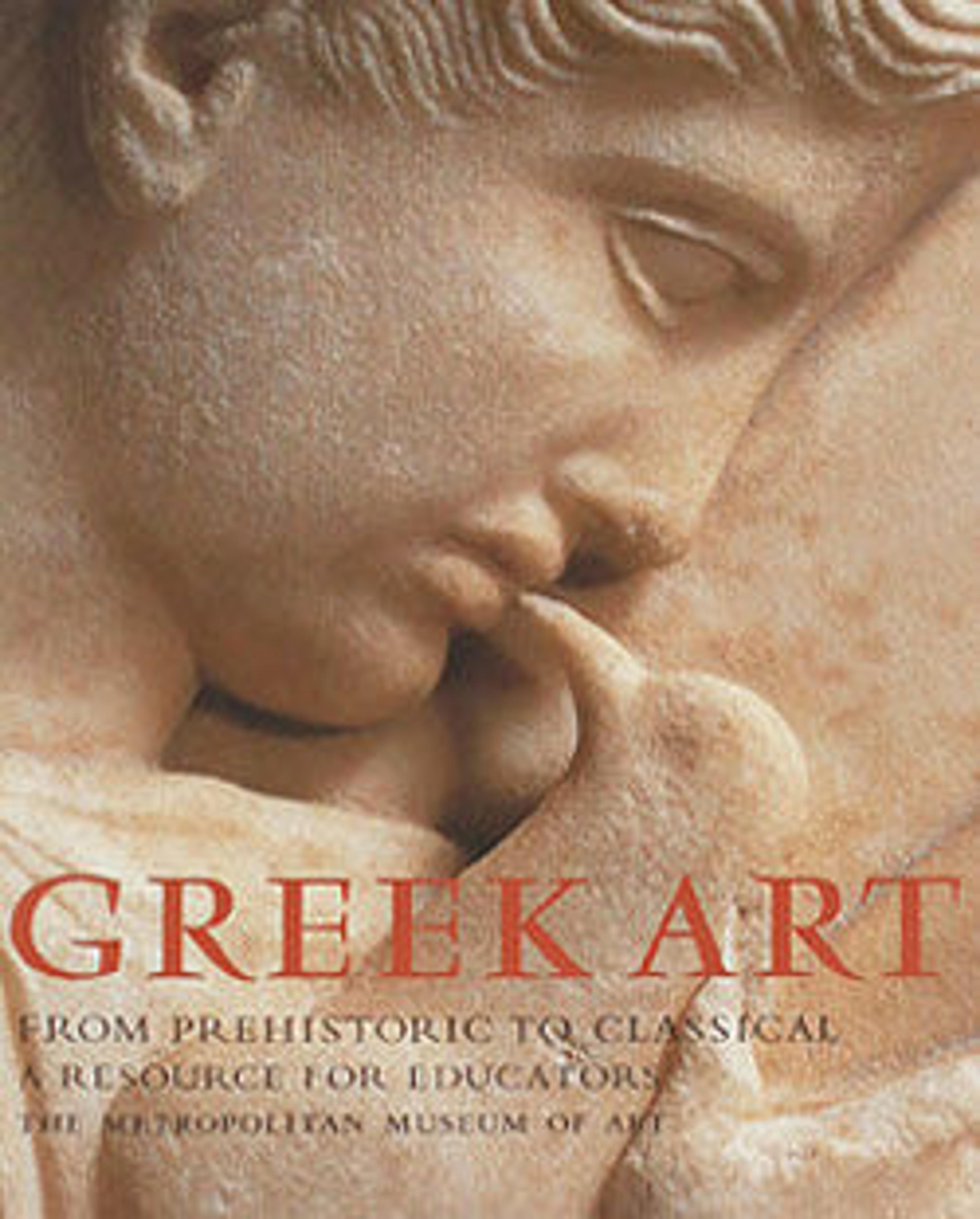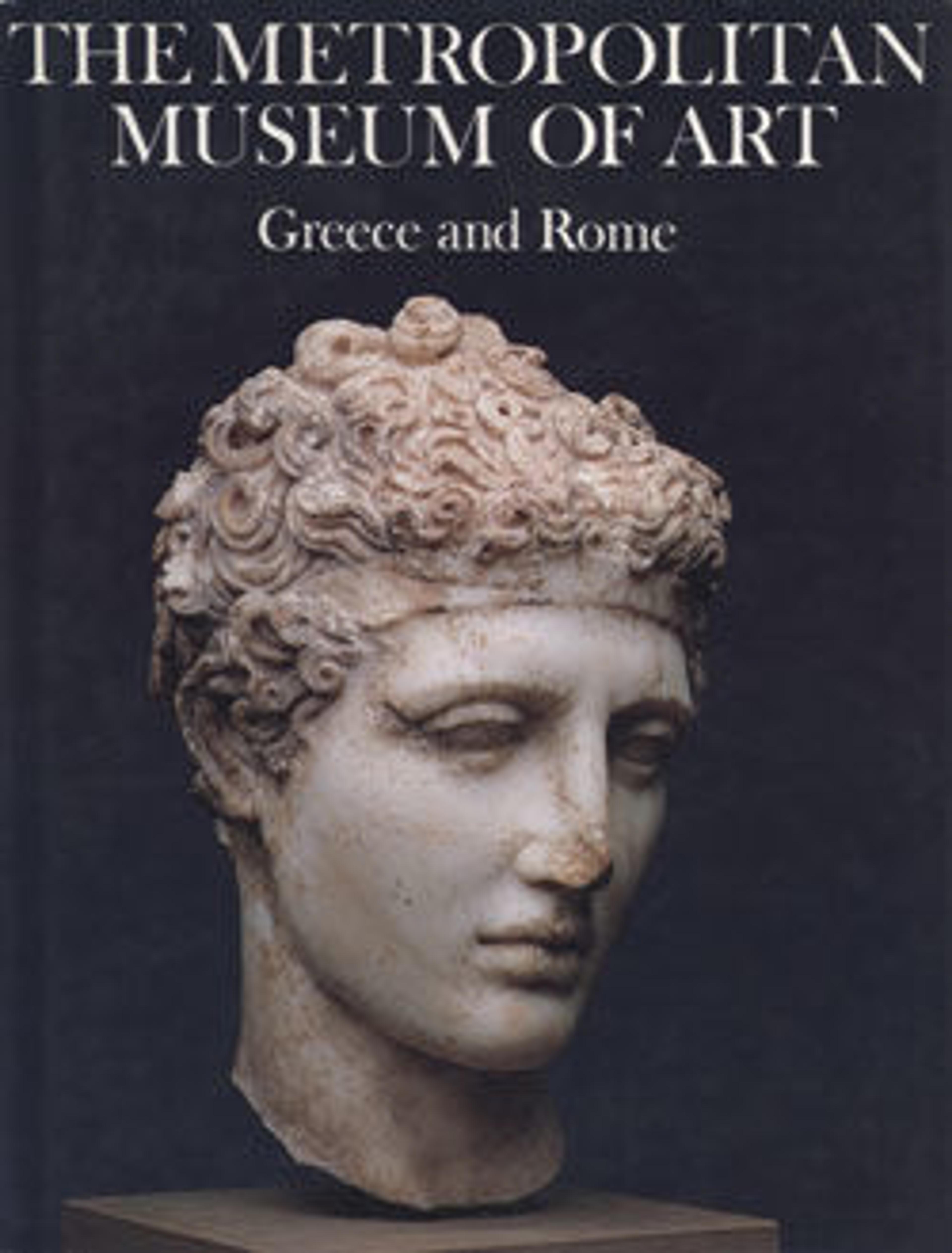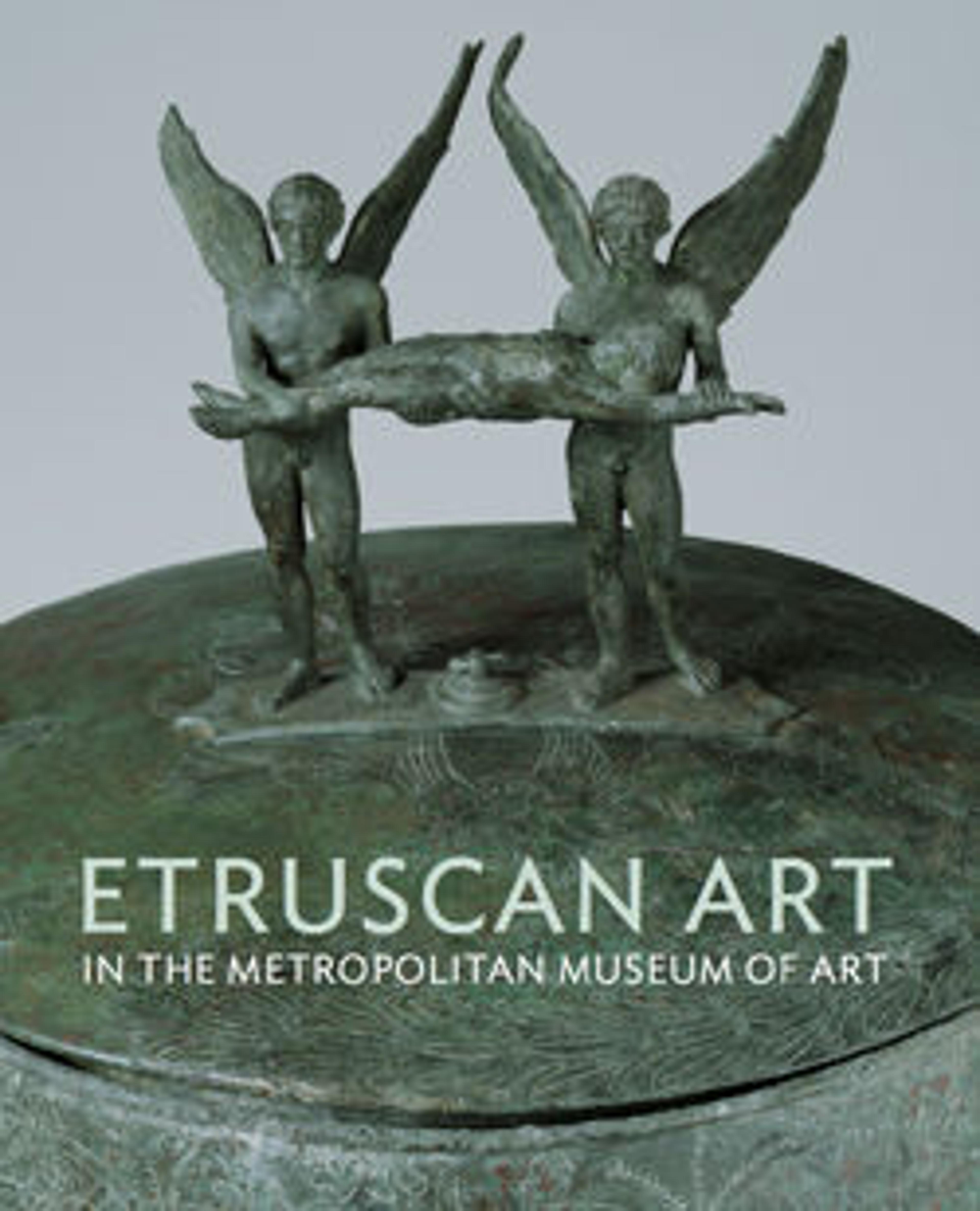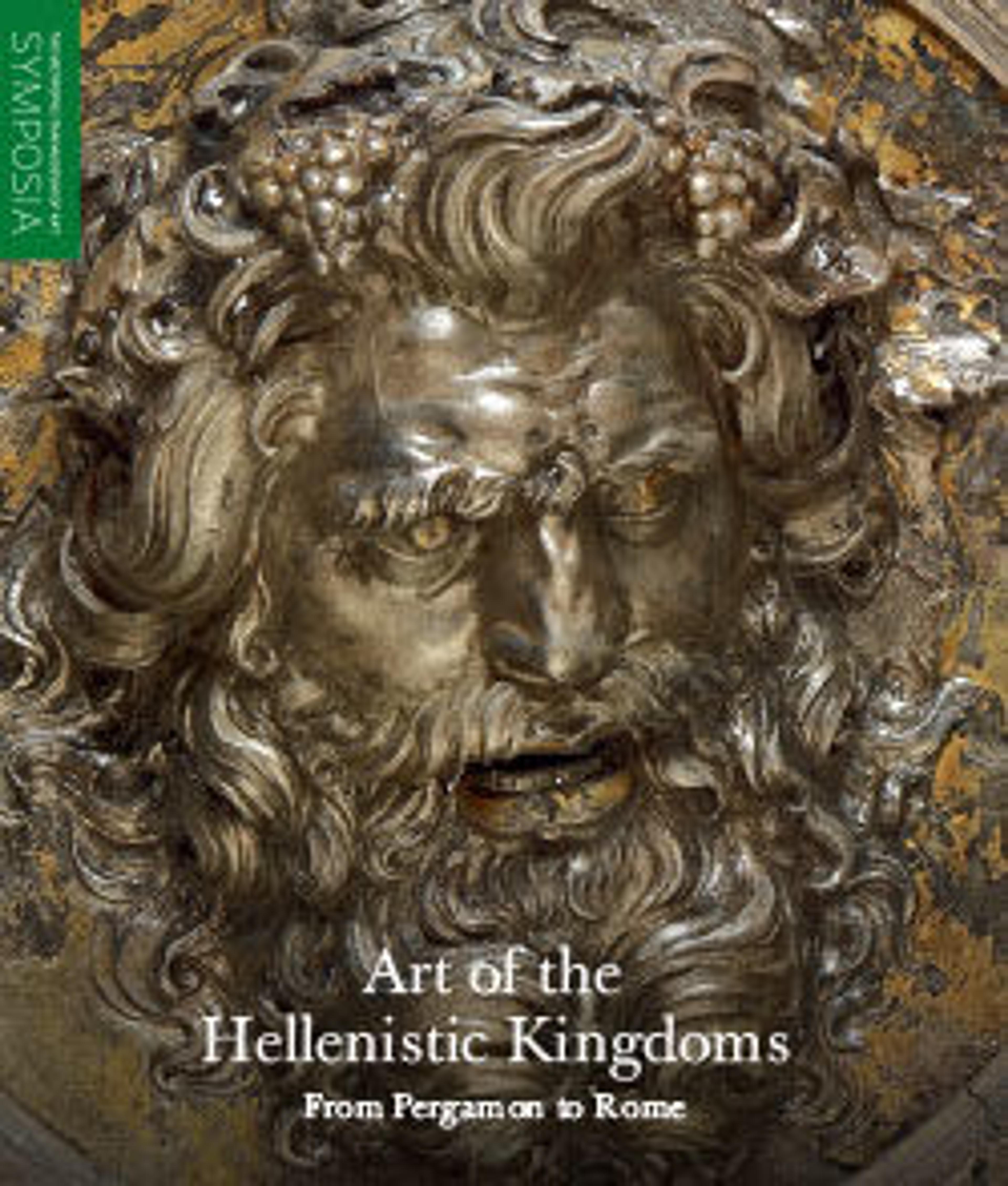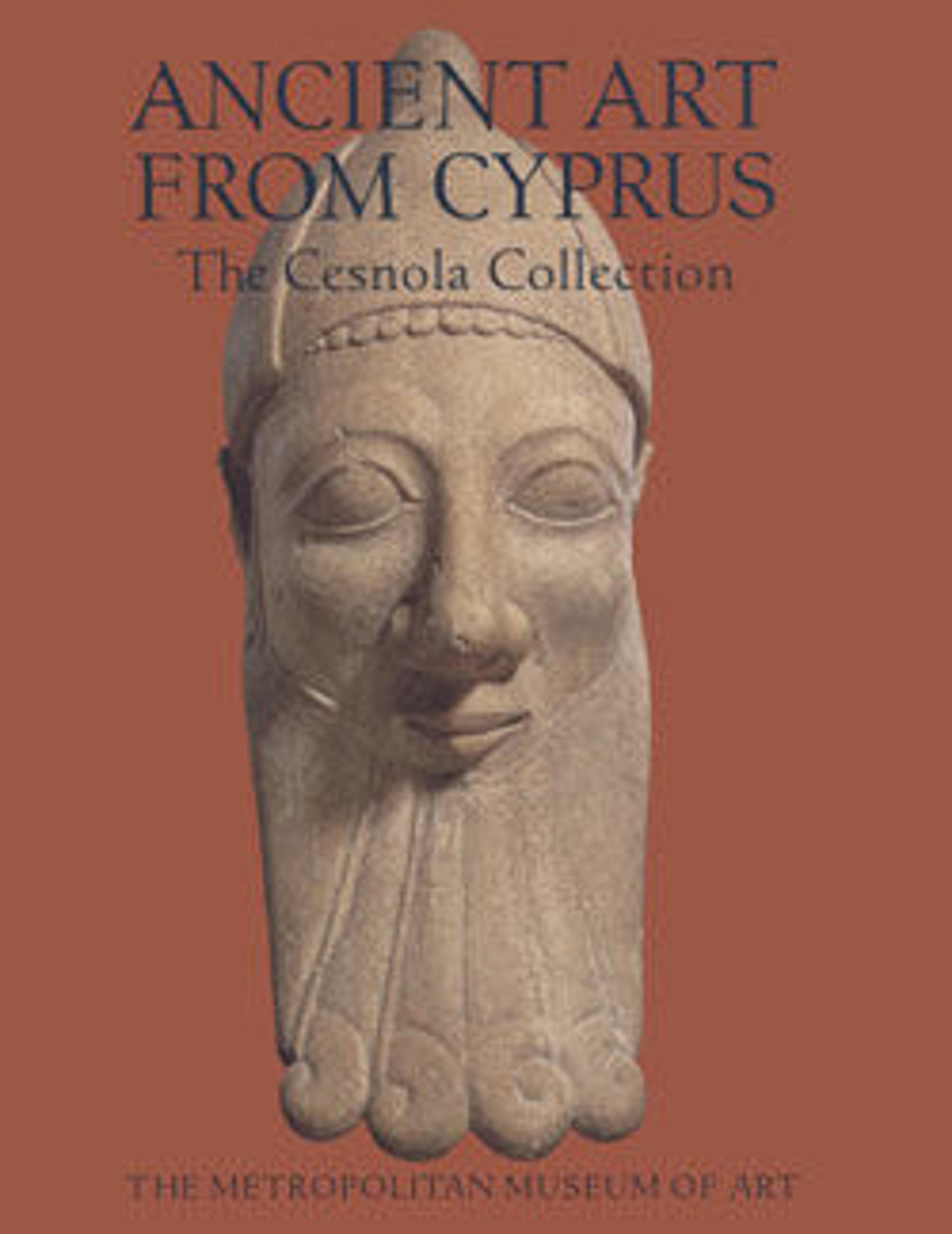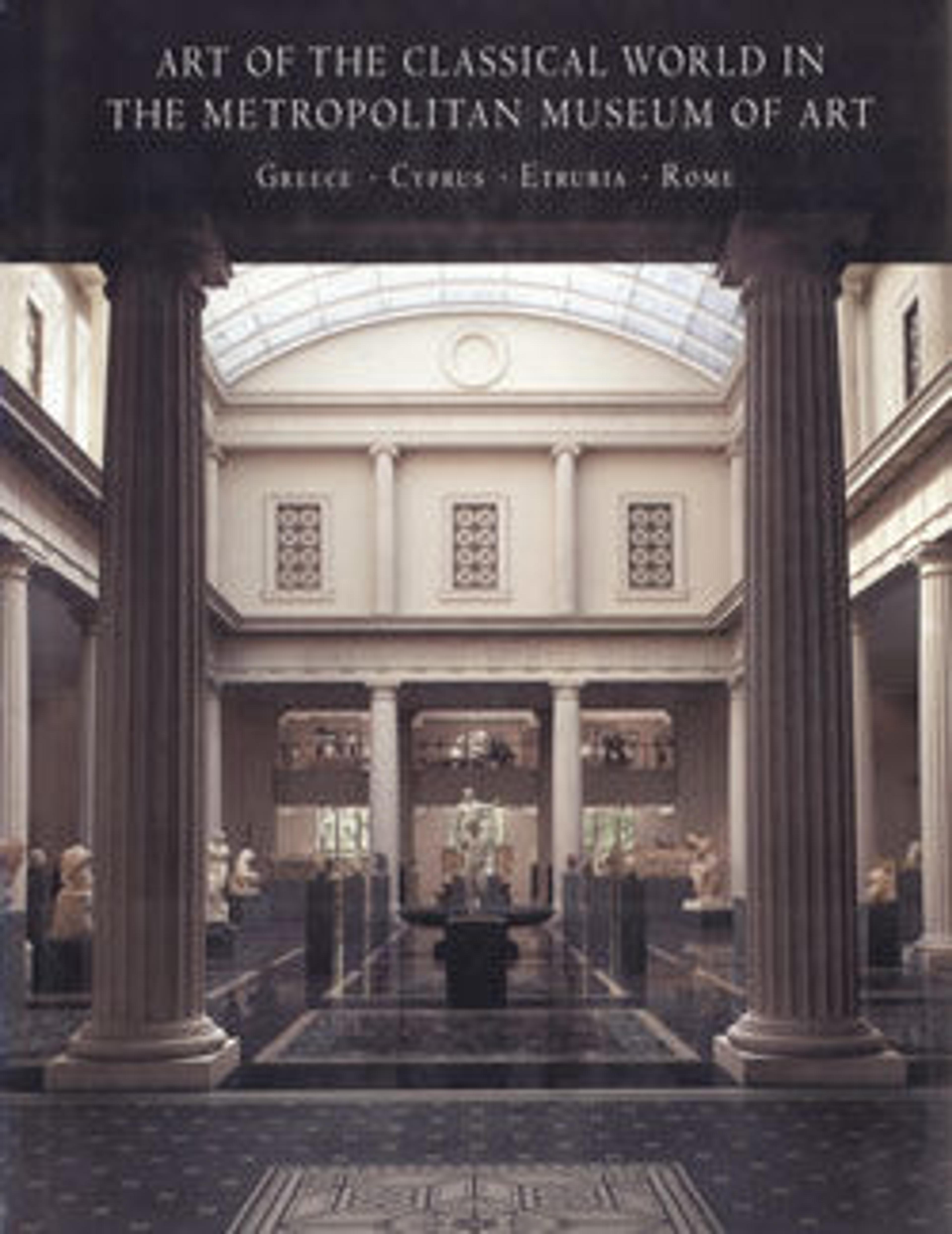
Art of the Classical World in The Metropolitan Museum of Art: Greece, Cyprus, Etruria, Rome
In 1870, the year of its founding, The Metropolitan Museum of Art acquired its first work of art, a Roman sarcophagus from about 200–225 A.D. Since that beginning, the Museum's Department of Greek and Roman Art has built a vast and rich collection that totals over seventeen thousand objects representing the ancient civilizations of Greece, Cyprus, Etruria, and Rome. This luxuriously illustrated volume features over five hundred outstanding examples of those works—ranging from coins, gems, jewelry, and vases to wall paintings, bronzes, and marble sculpture. In his Foreword to this book, Philippe de Montebello has written: "The publication of this elegant volume celebrates the fulfillment of a major goal—the inauguration of the entire suite of galleries for Greek and Roman art, completed in Spring 2007 after almost fifteen years of reinstallation. This eagerly awaited event is of great significance in the history of the Department of Greek and Roman Art and, indeed, in the entire history of the Metropolitan Museum."
In an informative essay, Carlos A. Picón, curator in charge, tells the history of the Department of Greek and Roman Art, including the contributions of donors, directors, curators, and many others. The text is accompanied by wonderful vintage photographs that document the galleries as they appeared in the early to mid-twentieth century and help capture the ambiance of years gone by. The seven sections that follow reflect the depth and breadth of the collection. Each one opens with a photograph of the appropriate gallery installation as it appeared after the 2007 reinstallation and a short introductory text that provides background information and context about the period and its art. Among the diverse objects in the first section, "Art of the Neolithic and the Aegean Bronze Age," are a beautiful marble Cycladic seated harp player and a Mycenaean chariot krater. "Art of Geometric and Archaic Greece" features the statue of a Kouros, the most important Archaic Greek sculpture in America. "Art of Classical Greece" presents a selection of important Attic red-figure vases and marble grave stelai. "Art of the Hellenistic Age" includes the large column from the Temple of Artemis at Sardis and a magnificent pair of gold armbands. "Art of Cyprus" shows examples from the collection of General Luigi Palma di Cesnola, purchased by the Metropolitan in 1874 and 1876. Cesnola was the first director of the Museum until 1994. "Art of Etruria" exemplifies the fine collection of varied objects, the highlight being the intricate and well-preserved bronze and ivory chariot from the sixth century B.C. The last section, "Art of the Roman Empire," features wall paintings from two Roman villas, Boscoreale and Boscotrecase, that were buried by the eruption of Mount Vesuvius in A.D. 79, unique examples of luxury Roman glassware, and the Museum's collection of impressive marble sarcophagi. A list comparing the major divinities of Greece, Etruria, and Rome; a concordance; and an index of works of art complete this handsome and enlightening publication.
The authors include five members of the Metropolitan's Department of Greek and Roman Art: Carlos A. Picón, curator in charge; Joan R. Mertens, curator; and Seán Hemingway, Christopher S. Lightfoot, and Elizabeth J. Milleker, associate curators. Richard De Puma, F. Wendell Miller Distinguished Professor Emeritus, School of Art and Art History, University of Iowa, has contributed in the area of Etruscan art.
Met Art in Publication
You May Also Like
Press the down key to skip to the last item.
Citation
Art of the Classical World in the Metropolitan Museum of Art: Greece, Cyprus, Etruria, Rome. 2007. New York: the Metropolitan museum of art.
